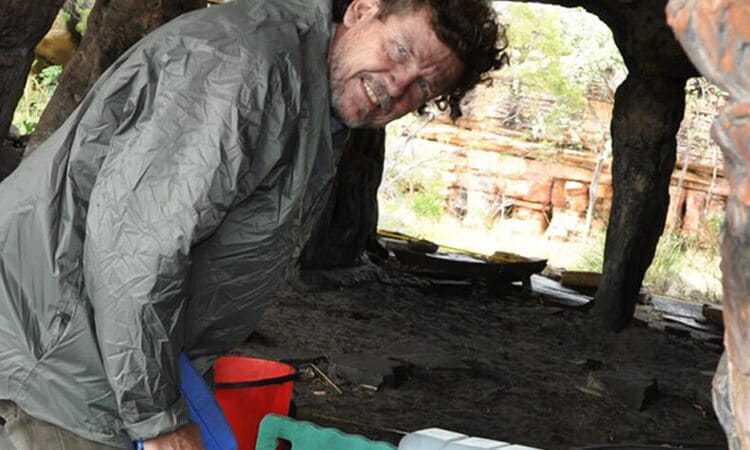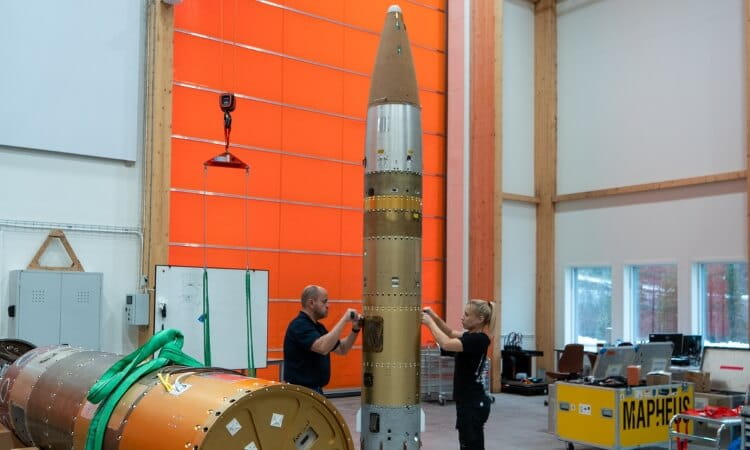Rock art, as part of the archaeological record, is a documented moment in history which can help us to reveal details of a past, often long forgotten.
The Great Papuan Plateau is a karst plateau of mid-altitude, in dense and very remote tropical forest between the Southern Highlands and the Gulf lowlands of Papua New Guinea. The barely-touched terrain gives way to unexplored caves and undiscovered, underground drainage systems.
To date, and due to its remote location, there have been no archaeological investigations conducted on the Plateau.
In 2014 UniSQ researchers, while undertaking field work in Papua New Guinea, and with the help of the Bosavi and Gebusi people, relocated a series of five rock shelters containing previously unrecorded rock art spanning an area – east to west - of over 120kms.
Two of these previously unrecorded rock shelters on the Great Papuan Plateau contain cultural deposits which have the potential to extend back into the Pleistocene, for tens of thousands of years. Walufeni Cave, the first Plateau site ever to be dated, returned a non-basal date of 10,000 BP, as well as the earliest evidence for contact with the southern coast at 2,500 years ago.
These sites are in relatively close proximity to other important early Hominid sites such as that on Flores where Homo floresienes, a small hominin species, was unearthed in 2003 and also on Sulewesi where remains of the hominin Homo erectus were discovered.
Humans have occupied the Greater Australia continent, which includes what is now Papua New Guinea, for at least 55,000 years.
Given the exceptional depth of deposit and location of these sites, there is potential for them to add to our knowledge of the movement of early Hominid ancestors into New Guinea at, or even before the earliest known date of 55 000 years ago.
This project aims to reveal not only the first ever archaeological signature of the Great Papuan Plateau and its never before seen rock art, but also aims to shed light on the first arrival of early hominid species onto the Australian continent.
These transformative findings could ultimately impact on the very story of human migration, or evolution as we know it.



